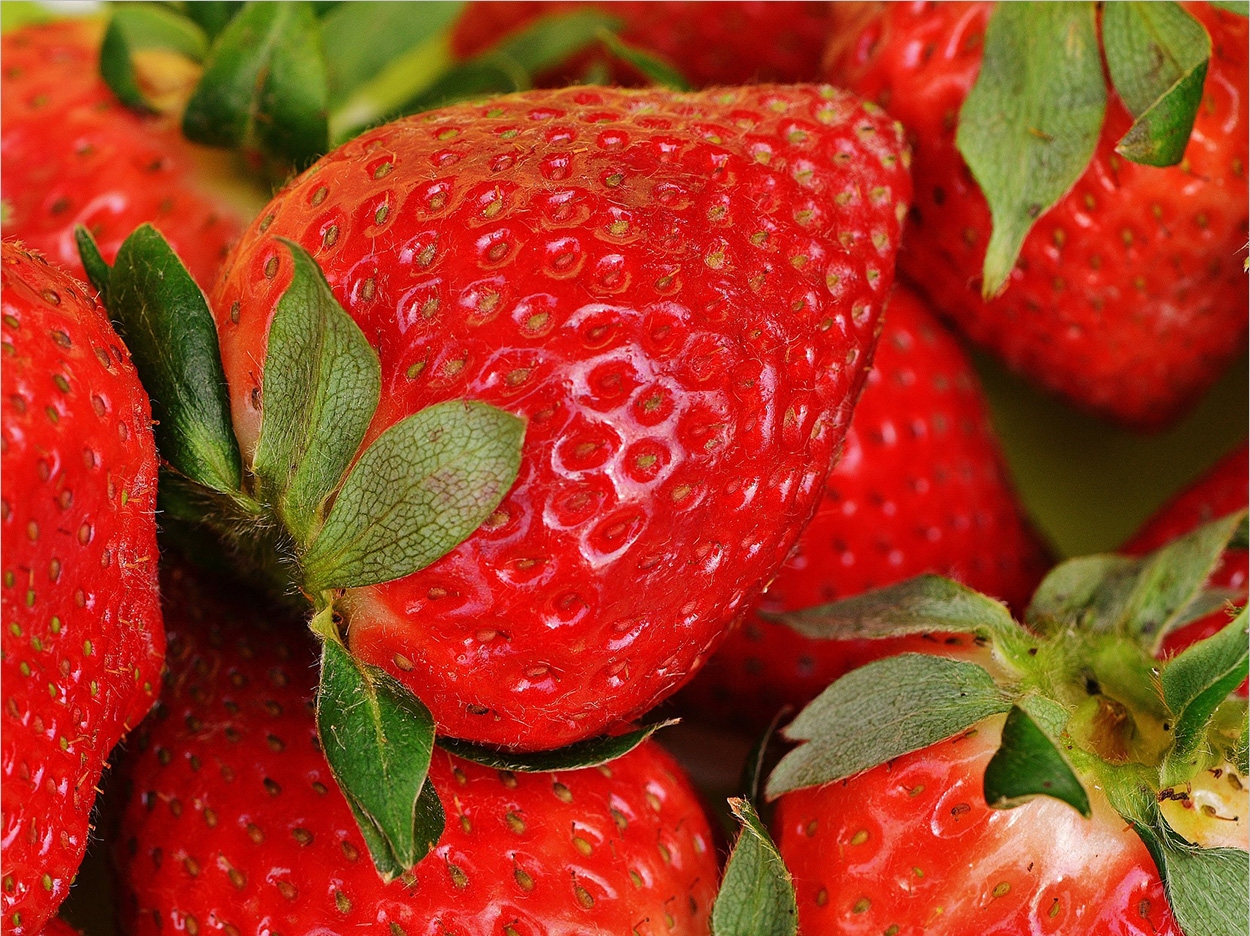
Strawberries are delicious and full of vitamin C. But they also may have a surprising and positive effect on oral cancer risks in those who smoke, according to a pilot study at the Ohio State University Comprehensive Cancer Center-Arthur G. James Cancer Hospital and Richard J. Solove Research Institute.
The multidisciplinary research team investigated the differences in salivary enzyme activities on the phytochemical components of strawberries between smokers and nonsmokers. They also analyzed the expression of a select group of genes associated with smoking and increased risk of oral cancer.
Strawberries were administered using a novel confection designed to enhance delivery in the oral cavity to phytochemicals, including anthocyanins, the family of purple and red pigments in fruits and vegetables. Previous studies suggest that dietary administration of whole strawberries has substantial potential as a strategy for oral and esophageal cancer prevention.
“When people eat strawberries, they chew and swallow the fruit quickly. We wanted to develop a method of increasing exposure in the mouth to the beneficial phytochemicals that have been linked with oral cancer prevention and look for potential differences in the way the salivary enzymes in smokers versus nonsmokers metabolize them,” said Jennifer Ahn-Jarvis, PhD, first author of the study and a postdoctoral fellow at the Ohio State College of Dentistry.
To do this, the researchers designed a pilot clinical trial to analyze the effects of an Ohio State-developed strawberry confection—a small candy with the nutritional equivalent of 2 and a half cups of whole strawberries—in a group of heavy smokers compared with an equal group of people who have never smoked.
The subjects consumed the confection or a placebo 4 times a day for one week and followed a diet absent other red and purple fruits and vegetables. The researchers then collected saliva and tissue samples from inside the mouth to measure levels and activities of salivary enzymes that metabolize strawberry phytochemicals and the expression of a select panel of 44 genes associated with cigarette smoke and oral cancer risk, respectively.
The researchers observed significant differences between smokers and nonsmokers in salivary enzyme activity and strawberry metabolites in the mouth following administration of the confection. They also validated 7 genes independently associated with smokers versus nonsmokers. The combination effect of smoking and strawberry exposure on oral cancer risk and its relation to gene expression remains unclear and is currently under investigation.
“This initial data confirmed that something is very different about the oral environment of smokers that may ultimately influence not only cancer risk but also the potential effectiveness of food-based cancer prevention strategies,” said Ahn-Jarvis.
“Successful development and use of our novel confection delivery system paves the way for its use in a larger study, which will allow us to more precisely evaluate the effects of smoking and strawberries on molecular endpoints related to oral cancer development,” she said.
Additional analysis of study data is underway to determine if there is a correlation between oral exposure time to anthocyanins and reduced oral cancer risk among smokers. Studies are also ongoing to identify strawberry modulated genes in the oral cavity of smokers that may influence the development of oral cancer.
Related Articles
Acai Berries May Inhibit Bone Loss











